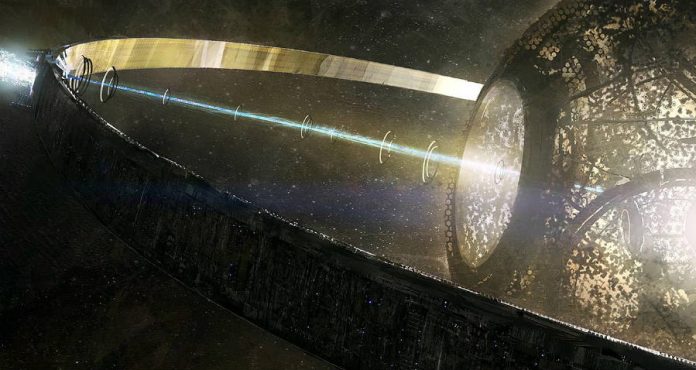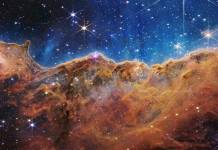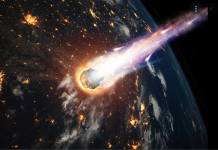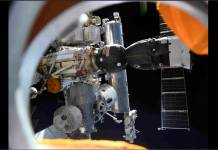
A new study posted today on arXiv describes the results of a new photometric analysis of the star KIC 8462852. Carnegie Institute astronomer Joshua Simon and Caltech’s Ben Montet described the phenomenon. Scientists discovered the star using the Kepler Space Telescope.
Researchers saw KIC 8462852 for the first time last fall, and nicknamed it ‘Tabby’s Star.’ The celestial body emits an erratic flickering, and astronomers have not been able to explain it yet.
Montet and Simon examined the full-frame images collected during the Kepler Space Telescope’s observational campaign, and they discovered the star’s light output would occasionally diminish by up to 20%. Tabby’s star total stellar flux also decreased continuously over the course of four years.
https://www.youtube.com/watch?v=A5H0x48XkF4
The Kepler Space Telescope adds another discovery to its record
They explained that when an exoplanet passes in front of a star and the telescope, it blocks around 1% of the light which would explain the luminosity decrease.
Bradley Schaefer, at the Louisiana State University in Baton Rouge, told Tabby’s star behavior over the past century. Schaefer used old photographic plates from 1890 to 1989, over 1200 images were used during the experiment. Schaefer determined the star gradually dimmed by as much as fifteen percent over the century.
Montet and Simon concluded the celestial body decreased in brightness by roughly 0.34 percent a year using the first 1000 days of the Kepler’s observation campaign as a reference. The astronomers also proved Schaefer’s results right.
The researching team sorted the light phenomena into three categories. The erratic flickering that made it famous in the first place, the slow decline observed by Schaefer, and the fast decline that occurred over a few hundred days.
The Tabby’s Star could be a massive alien mega structure
Some explanations include a swarm of cometary fragments, the effect of a distorted star, or the remnants of a shattered planet. Montet explained some of these theories explain either short or long term effects but not both.
Jason Wright, a Penn State University Astronomer, suggested the idea the Tabby’s star might be an alien construction site.
“ONCE YOU’RE INVOKING ARBITRARY ADVANCED ALIENS…THERE ISN’T VERY MUCH THAT CAN’T BE EXPLAINED,” Said Montet. The astronomer urged it is important to exhaust all the possible explanations before even considering aliens.
A crowdfunding campaign earlier this year raised over $100.000 for the astronomers to observe the star at the Las Cumbres Observatory Global Telescope Network for a year.
Source: Cornell University Library











